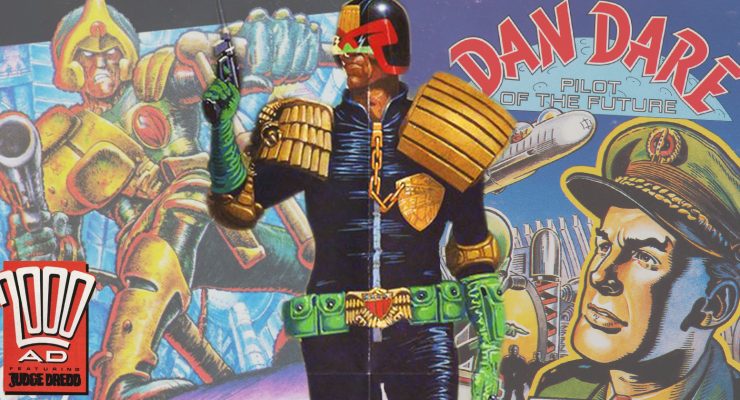Michelle Herbert reviews The Promise of the Child by Tom Toner…
The Promise of the Child is a sci-fi novel that is set thousands of years into the future as well as delving into the past. The novel has multiple character storylines and structurally is split into four main parts that move the story along. As most of the first couple of sections is build up, it is hard to see the overall picture and how everything is connected.
We are thrown into The Promise of the Child with the prologue which moves between what feels like three different books, the first is set on Earth in the 1300’s where we meet a man named Aaron, the second could be set in present day Greece, but it is time dislocated as the dreamer knows that they are dreaming. The third section throws us into a war in the far future where ships descend from the sky and the humanoids are searching for an item that is protected in what should be an impregnable fortress.
If the prologue was not disparate enough, the first section of the main story introduces us to different species of humanoid in the Melius and a new character Lycaste, a locally renowned beauty who semi-isolates himself to avoid the many offers of marriage he receives as he suffers from crippling shyness. Lycaste’s world and that of his friends seem to be very peaceful and bounteous as no one seems to work and the trees provide everything from food to metals. Lycaste is a character that I found very hard to emphasise with as although we are given all of these reasons why he doesn’t interact well with others, he still comes across as a typical “nice guy” who doesn’t get why the woman he likes doesn’t like him back and is sure that he can change her mind! It takes a long time to understand how this almost idyllic rural setting fits with the rest of the story.
The closest thing to humanity in this future is the Amaranthine, who are also known as immortals. These incredibly long-lived individuals are not invulnerable to death and destruction, but do tend to eventually lose their minds and live out their last days in a utopia, where their every need is catered for. There are two kinds of Amaranthine which comes down to age, so there are the younger ones and then there are the perennials these immortals have powers that remove them far from humanity. In these sections, we mainly follow the Amaranthine Sotiris as he is slowly pulled from his bipartisan ways to deal with a split in spiritual and political beliefs of his contemporaries.
There are many other characters that I could mention at this point, but most are inconsequential or will appear too late in the story to make sense in this review. What I do want to mention is the lack of women in The Promise of the Child, although they do appear every now and then they seem to only be there to help the male characters story continue and help further the male character’s growth. This can be seen in the complete lack of women in the humanoid Prism species. The Prism species are mainly aggressive and constantly at war with each other. With the Melius, they tend to be mothers, love interests or victims of war, rarely given their own motivations. The Amaranthine in power are also male and out of the three women mentioned one is “fridged” to give character motivation and the other two are hardly worth mentioning although we are told time and again that they still do not know why Amaranthine women lose their minds before their male counterparts do!
There is also a lack of communication technology, on the old world, the Melius use birds to send messages, they do not have televisions or telephones let alone newspapers, and they rely on travellers to bring news of other provinces. Even the ships do not seem to have ship to ship communications. I have so many questions on how humanity ended up being split in so many ways, how some of humanity became the Amaranthine, but also how humanity also developed into the Melius and the many different prism humanoids. Is the ennui of the Amaranthine because they live for such a long time, or was it discovering that there was no other life in the galaxy except that which came from Earth?
After a hundred pages in I was still wondering how all the different sections linked up as it felt like I was reading three very different stories. This did change near the three-hundredth page where the pacing really picks up and you can finally see the connections between the characters with many different conspiracies being exposed and a lot of characters being manipulated to fulfil other characters agendas.
Although the prose is beautiful, full of rich descriptions, for me this wasn’t a joy to read. If you are happy to drift along and not ask questions as to why things are the way they are, you may really enjoy this book, and for those that persevere you will probably be rewarded as the momentum sweeps you away. Unfortunately for myself, I didn’t engage with any of the characters so by time the plot starts to tighten and become more interesting I was never going to find the book truly enjoyable, although it did leave me with some interesting questions as there were many mysteries left to be answered in the rest of this trilogy.
Michelle Herbert
https://www.youtube.com/watch?list=PL18yMRIfoszEaHYNDTy5C-cH9Oa2gN5ng&v=0_9dLZCKOvQ










